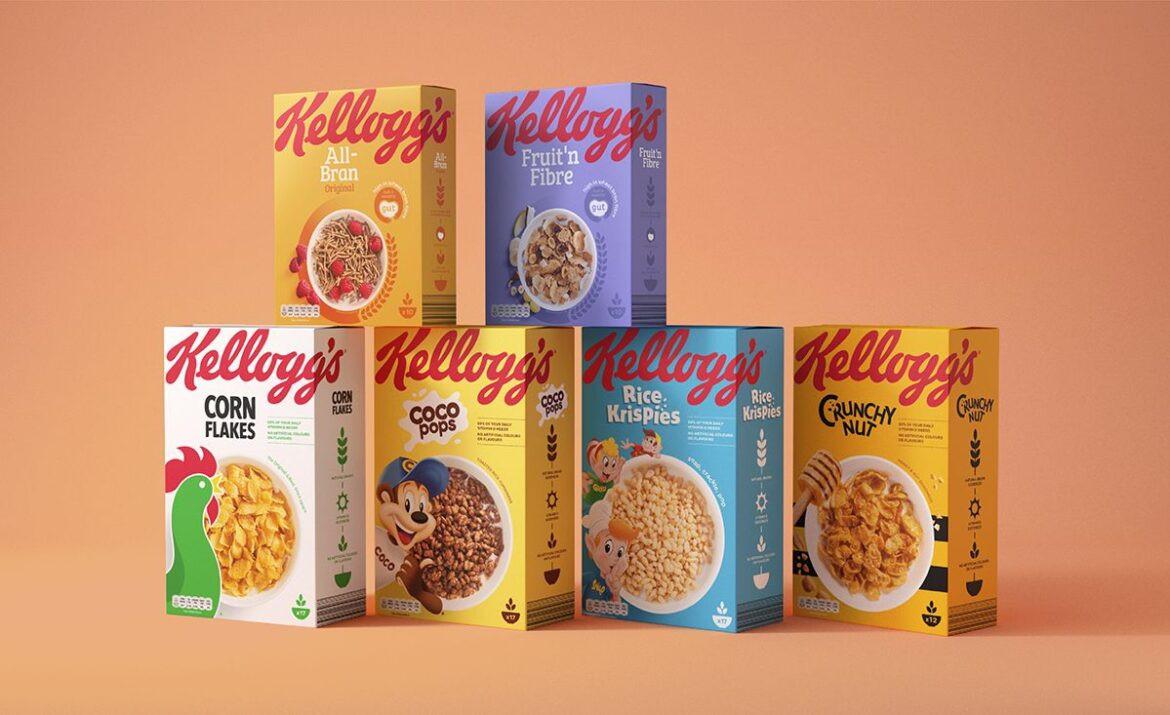Whether you’re designing packaging, restocking shelves, or just curious about how much cereal fits in a box, knowing the cereal box dimensions can be incredibly helpful. This guide breaks down the standard cereal box dimensions, the mini cereal box size, and everything in between—making it easy for packaging designers, retailers, and consumers alike.
What Are the Dimensions of a Cereal Box?
One of the most common packaging-related questions is: what are the dimensions of a cereal box? While it can vary depending on the brand and the cereal type, most standard cereal box sizes follow similar measurements for consistency in shipping, display, and storage.
Let’s break it down:
- Height: 12 inches
- Width: 7.75 inches
- Depth: 2 inches
These measurements are generally accepted as the average size of a cereal box in the U.S. They’re perfect for fitting on retail shelves and inside pantry cabinets. However, premium cereals or value-sized boxes may be larger or smaller.
Standard Cereal Box Dimensions
Most major cereal brands, including Kellogg’s, General Mills, and Post, stick closely to standard cereal box dimensions for their classic products. These measurements are optimized for:
- Efficient packing and shipping
- Easy stacking and shelving
- Familiar consumer handling
Standard cereal box size in inches usually falls within this range:
- 11.5 to 12 inches tall
- 7 to 8 inches wide
- 1.75 to 2.5 inches deep
These dimensions help brands maintain consistency while allowing slight variation for branding and product differentiation.
Cereal Box Dimensions in Inches
Let’s take a more specific look at cereal box dimensions in inches, which is useful if you’re creating mockups or packaging designs.
| Box Type | Height (in) | Width (in) | Depth (in) |
| Standard Box | 12 | 7.75 | 2 |
| Family Size Box | 13.5 | 8.5 | 2.5 |
| Large Economy Box | 14 | 9 | 3 |
| Mini Cereal Box | 5 | 3 | 1.25 |
These sizes are approximate, but they give you a clear idea of what to expect in both standard and mini cereal box dimensions.
Mini Cereal Box Dimensions
Mini cereal boxes are popular in hotels, breakfast buffets, airline meals, and school lunch programs. They’re also great for portion control and sampling different cereal types.
The typical mini cereal box dimensions are:
- Height: 5 inches
- Width: 3 inches
- Depth: 1.25 inches
These compact packages are designed for one serving—about 1 to 1.25 ounces of cereal. Despite their small size, mini cereal box size still follows branding and display principles similar to larger boxes.
Why Cereal Box Size Matters
Understanding cereal box size matters in several industries:
- Retail: Shelf space is expensive. A consistent dimension of cereal box helps retailers plan layouts and maximize product visibility.
- Logistics: Shipping costs depend on size and weight. Uniform cereal box dimensions improve load planning and reduce waste.
- Packaging Design: If you’re creating custom cereal boxes, knowing the average size of a cereal box helps you match market standards.
- Sustainability: Right-sizing packaging boxes reduces materials and carbon footprint.
Custom Packaging Tips for Cereal Boxes
If you’re working in packaging, here are a few pointers:
Stick to Industry Sizes
Use the standard cereal box size as a starting point. Customization should not sacrifice shelf compatibility.
Use Mini Boxes Strategically
Test new flavors or run promotions with mini cereal box dimensions—cost-effective and consumer-friendly.
Maximize Branding Area
Even on small boxes, effective design and printing can make your product stand out.
Final Thoughts
From supermarket shelves to hotel breakfast bars, cereal box dimensions play a critical role in packaging efficiency, visual appeal, and consumer experience. Whether you’re working with standard cereal box dimensions or experimenting with a mini cereal box size, understanding these measurements ensures that your packaging is both functional and effective.
So, next time someone asks, “What are the dimensions of a cereal box?” – now you know! Stick with these standards, and you’re set for success in packaging design or retail planning.
Read More: amagazinenews


